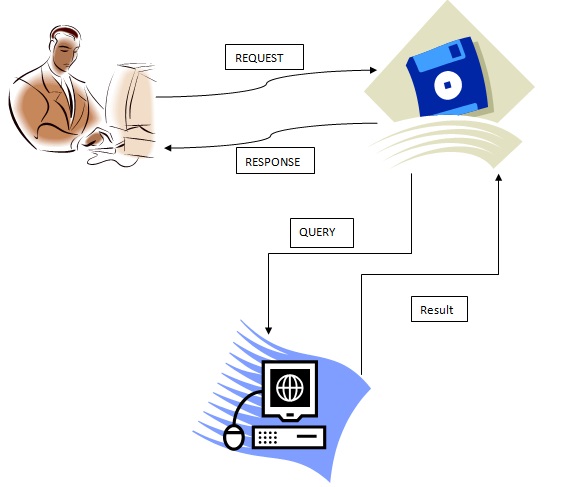
psql -d postgres -U postgres -c "\copy usa from /Users/EDB1/Downloads/usa.csv delimiter ',' csv header " Once again we will call the COPY command from within the shell prompt while referring to the same file. Now, let's add the information we need into the command at the database prompt (make sure you are already logged into the database and connected to the one where you created the table): postgres=# \copy usa from '/Users/EDB1/Downloads/usa.csv' delimiter ',' csv header csv file and while importing we should ignore the first row (similarly, while exporting we can use this to specify whether we want to include or exclude the header file). HEADER Signifies that we have a header row in our. 'location + file_name': An absolute path to the file (make sure you have read access to the file).ĭELIMITER ',': Specifies the delimiter, which in our case is a comma: ‘,’.ĬSV Specifies the file type from which we are going to import. : Provides the table name where you want to import the data.įROM: Specifies that we are going to import from a file (we will also be using TO in order to export it to a file at a later stage). \COPY: This is the command to copy the record to / from the. To understand the execution steps, let’s look at each item in this command:

Here is the copy command for your reference: \COPY FROM 'location + file_name' DELIMITER ',' CSV HEADER We will use the COPY command to copy all the records from the. Now that we have the data in a file and the structure in our database, let’s import the. To ensure that our data falls into the right places in the database we need to first create a table structure inside the database. Let’s copy and save this data to a text file using any of the existing text editors on your system (VI, notepad, textedit) and save it as “usa.csv”. This data is comma delimited, so that we can use each comma as an identifier. You can use any existing file, or you can use the data below that comprises a basic. We will explain it using two different options: first, when you are already logged into the database and then call the file from inside a psql prompt and second, from the shell prompt itself. csv file successfully into a PostgreSQL database. Here we will walk through the basic steps you would need to follow to import a. It can also be a “data dump,” if want to move your data from one database server to another for testing or simply move to new hardware. This can range from simple shell scripts used to gather monitoring data to more complex web form submissions.

It includes an introduction to the CSV file format and some examples of its usage.ĬSV is a universally accepted file data collection format, and many applications output their data in CSV form.
SQLECTRON COMMANDS HOW TO
SUMMARY: This article explains how to import data from a CSV file into PostgreSQL and how to export it back from PostgreSQL to CSV.


 0 kommentar(er)
0 kommentar(er)
